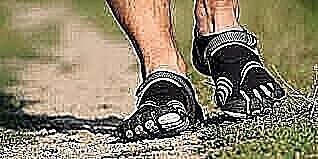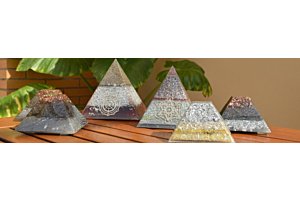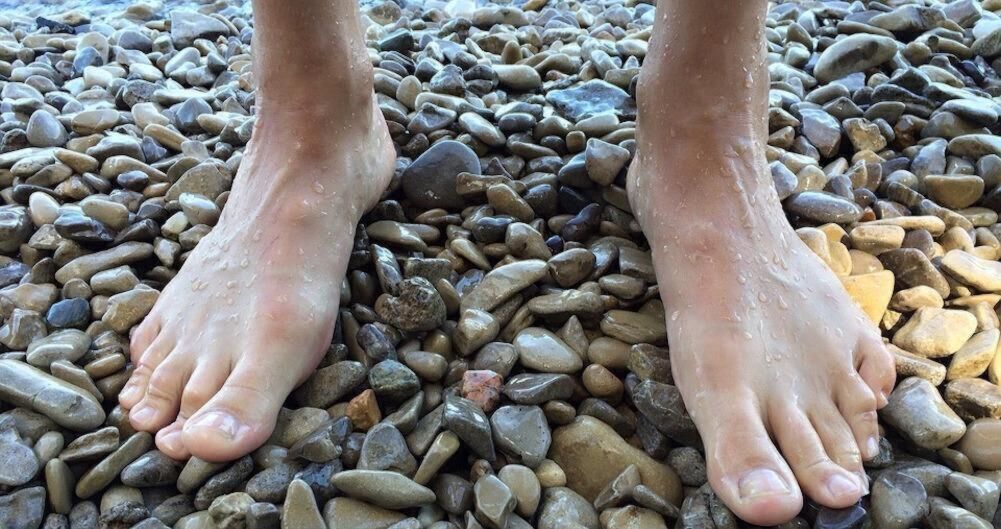
As we often defend in this blog, our past hides many secrets that help us improve our health. The genetics of our ancestors, over the years, adapted to our lifestyle and environment, and with modernity we have lost most of those habits. Looking back and recovering some of these lost habits can help us improve many aspects of our health.
For millions of years our ancestors walked barefoot. It is evident that we did not arrive with Nike shoes in this world, but in those more remote times our feet were much more adapted to all kinds of stimuli. Nowadays, when we go all day with our feet in sneakers, we lose a large part of these stimuli.
So starting to go barefoot, especially by nature, can bring us many benefits.Here are some of these benefits:
Cognitive development and stress release
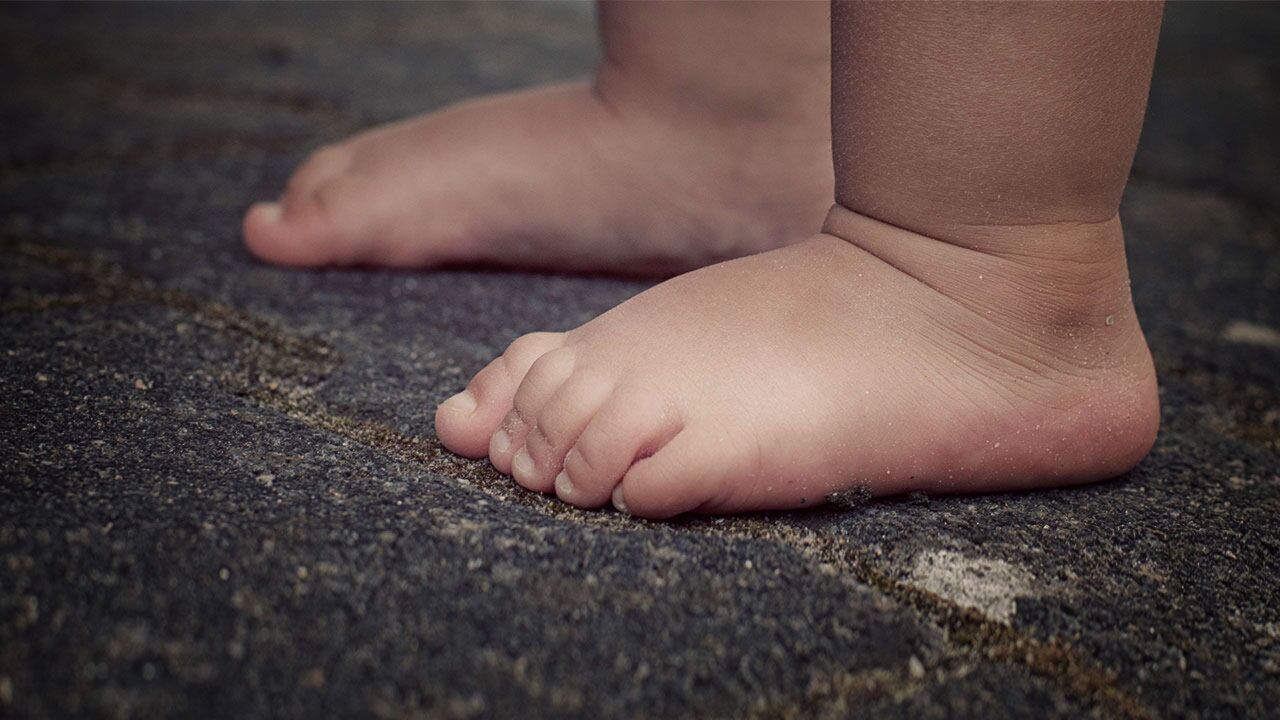
At present, we pay very little importance to the feet, it is one of the great forgotten of our body and yet it is the part of the body where a multitude of sensory nerve endings end.
The feet have so many nerve endings since they are designed to receive many stimuli and thus capture the environment that surrounds us, although with modern footwear we could say that this system is rusting us, since we deprive our feet of all the stimuli that it expects .
The simple act of going barefoot can give us a great way to relieve stress.
If we look at young children when they go barefoot, their feet are one of the ways they capture the world around them. This information that we receive from the feet is absolutely crucial for the cognitive development of babies. If we do not give it the stimuli that the feet expect, they cannot correctly capture the environment, and this is what happens when we wear a shoe sole all day under the soles of our feet.
Improved circulation
Another of the great benefits that we are going to obtain from going barefoot is a notable improvement in blood circulation. The fact that the feet are constantly changing perceiving the whole environment makes the blood flow intensify. If we have circulation problems in the feet or legs, if we start to walk barefoot, it will help us improve circulation in the affected area. It also ensures that the blood is propelled in a better way towards the heart, which will provide us with benefits throughout the body.
Muscle improvement and injury recovery
It is evident that our anatomy is designed to go barefoot. In modern times we have introduced cushioned shoes that "protect" our feet from external stimuli.
The fact that we wear our feet in isolation all day over the years causes the entire micromusculature of the feet to slowly weaken. If every time we step we do it on a padded surface, what we cause without realizing it is that all the muscles of the foot do not have to work as much. This may initially seem beneficial as we tire less when walking and suffer less from uneven terrain. But what happens when we have an injury and we stop using, for example, one leg? Well, it atrophies with time of not exercising. Well, the same thing happens to our feet.
Also comment that apart from stepping on a padded surface, many of the modern shoes incorporate a wedge shape that makes us have the heel higher than the front part of the foot. If we think about it objectively, our body is designed to move without this wedge in the feet. This altered way of walking causes us many problems over time in the ankles, knees and the rest of the body. You just need to see the entire generation of runners who have run their whole lives with this type of shoe and at 40 or 50 years old have many knee problems, which is usually attributed to excessive wear. What is not thought is that surely this excessive wear is generated by walking incorrectly due to the alteration of our anatomy as a result of the padding and the wedges of the shoes.
In short, walking barefoot allows our body to function as it is designed, with the anatomy and the stimuli that nature provides us and consequently improves many of our physical problems that are due to the poor body posture that modern footwear entails.
Postural improvement
As we have commented in the previous point, one of the great problems of modern footwear is the padding and the wedge since they alter our natural anatomy.
If we pay attention to the way we walk, we will see that the consequence of wearing padded shoes with wedges is that we significantly shift the center of gravity forward.
When this happens when walking or running, we put more weight on the tip of the foot than we would naturally. This can lead us to have a bad complete body posture, since we are altering the base of our position, consequently we have to alter the upper posture to be able to maintain the posture.
When we walk barefoot, all this posture is unconsciously corrected. For what is this? Let's do a little mental work, let's imagine that we are walking with the typical wedge runner shoes and we imagine running, when we run with this type of footwear we support each stride with the front of the foot. We can do this thanks to the fact that we rest our feet on the padded sole of the shoe and we have the wedge that supports this position. Now let's imagine the same action but barefoot in the mountains, where simply walking hurts the soles of our feet. When we go barefoot we cannot allow ourselves to support only the tip of the foot, since by doing so we are concentrating all the stimulus in this area, with which it is possible that it could be somewhat painful. What we do unconsciously when we go barefoot is try to distribute all the weight evenly on the sole of the foot. For this, what we do is put the back well upright, with which we manage to move the center of gravity to its natural position according to our anatomy. It is quite easy to perceive this sensation by imagining that we are walking barefoot through stony ground.

As we see in this example, walking barefoot not only affects the lower trunk, but also forces us to have a good posture on our back, something that today is not very common to see.
Earthing, connect to the Earth.

Our body needs to be connected to the magnetic fields of the earth. This will give us great vitality and even prevent diseases, thanks to the energy supply provided by the earth's surface.
For millions of years our ancestors have been in constant connection with the earth. Nowadays, when we wear modern footwear with rubber soles, we are isolating ourselves from this flow of energy that connects us to the earth.
The earth's surface is electrically conductive, and in the 1990s a multitude of studies suggested that the earth's electroconductivity positively affected human health and physiology.
Clint Ober, author of the book "Earthing, the most important health discovery ever!" And known as the maximum precursor of that movement, he worked in the cable television industry and realized that if connecting the televisions to the ground would eliminate the interferences, he thought that this could affect us human beings . In such a way that he devised a device with a conductive pillow and a metal rod connected to the ground on the outside and he realized that as the days went by, the insomnia he suffered was eliminated and he was feeling better.
Since then, together with the psychotherapist and cardiologist Stephen Sinatra and Martin Zucker, author of multiple books on health, nutrition and sport, he began to carry out multiple studies that confirmed that the negative potential of the Earth can create an ideal internal bioelectric environment for the normal functioning of our biology.
The 3 scientists together released the book "Earthing: barefoot" where they state that when we are in direct contact with the earth an electrostatic discharge is produced that is introduced into our body, where negative ions from the surface are absorbed. Earth, creating a balance of electrical charges.
In this other study (https://pubmed.ncbi.nlm.nih.gov/15650465/), M. Ghaly and D. Teplitz found that being grounded during sleep considerably affects our cortisol levels, which were reduced, improving sleep quality and reducing stress.
¿How to start? Tips for starting barefoot
If we have spent our whole lives walking in slippers, we cannot go barefoot all day overnight.
We must initiate a progressive adaptation process in which we give our feet time to adapt to new stimuli. The bones, joints and muscles will slowly strengthen if we use a progressive adaptation strategy.
First of all, we must see what factors we can increase over time. The first factor is the difficulty of the terrain. The second factor is the distance we walk barefoot.
On the grounds where we can walk barefoot we can find a multitude of different terrains, from the beach, clay paths, urban paths, river paths or stony paths.
Not all of us have the opportunity to go every day to an ideal path to walk barefoot. However, in the city we can also find parks with land and grass that can help us. We can also use surfaces such as asphalt or cobblestones, although these last options are the least recommended since they do not retain many similarities with the floors that our ancestors were used to walking on.
The idea is to try to increase the distance or time that we are walking barefoot each time we put it into practice. The ideal in terms of frequency would be to go barefoot between 3 and 6 days a week. We can do it every day if we wish and if one day we see that our feet are somewhat tired then we take a day off.
So, to try to maintain a progression, if the first day we go out and walk 15 minutes barefoot, the next day on the same terrain we will try to reach 20 minutes. The next day we go out we will try to walk 25 minutes, and so on.
“¡When we find out we will be walking a good distance without any type of footwear!”
When we want to increase the difficulty we can go on to walk through a more difficult terrain, for example if we start on soft clay-type paths, we can find a river path with pebble stones. This type of terrain is ideal for intensely massaging the entire sole of the foot. Due to its irregularities when walking we are constantly activating all the micromusculature of the foot to be able to support ourselves. What we do when changing the type of terrain is to reduce the time that we are going to walk on the new terrain and start a new progression from that point. And in the same way, when we want to start a new progression, we can look for a stony mountain path. This type of terrain is the hardest as there are much rougher stones that will put the skin on your soles to the test. Little by little the skin will harden, it is a slow process but if we continue the process as soon as we realize it, we will be walking anywhere barefoot.
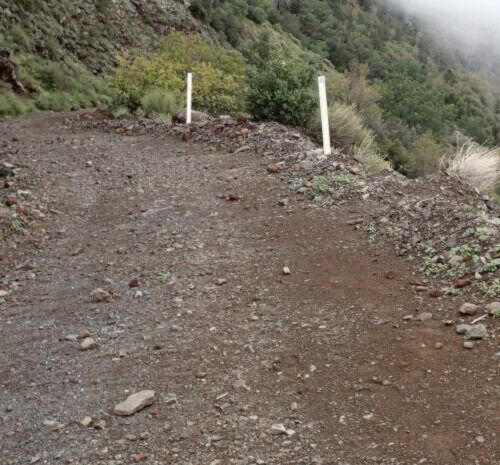
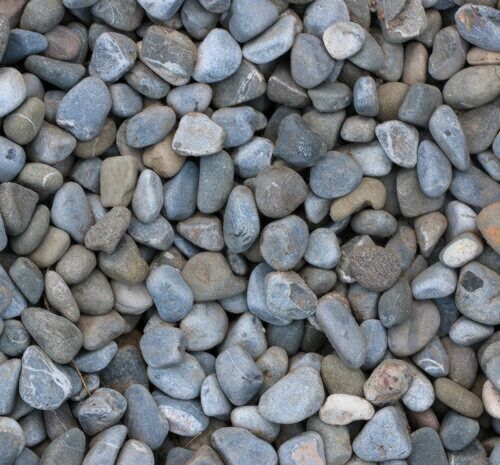
In this way, by increasing the distances and the difficulty of the terrain, we will gradually adapt our feet and correct our entire posture, which will improve our health.
Minimalist shoes
If we see the step from walking in footwear to walking barefoot very abrupt, we can choose to start with minimalist sneakers. Today there are many minimalist footwear brands, any of them are valid as long as they do not have a too thick sole or that they do not have something of a wedge at the base. You can consult our article that we have dedicated to the theme of minimalist footwear.
